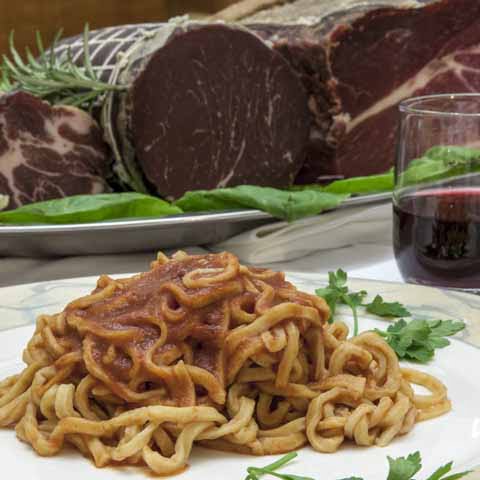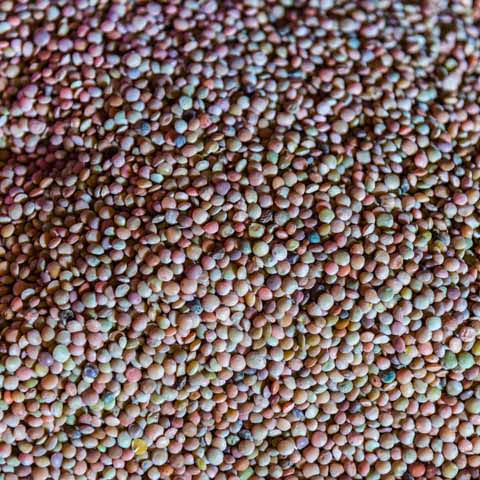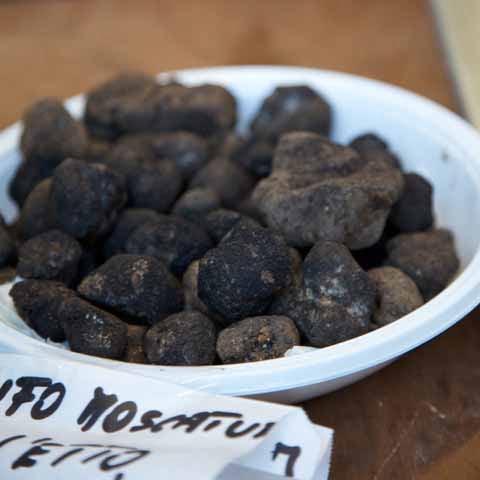The charming town of Perugia is located in the heart of Central Italy within the region of Umbria. This gorgeous city that is a blend of modern and traditional has roots that can be traced all the way back to 300 BC. With such a rich history, it is a delightful surprise that much of Perugia’s cuisine is trademarked by distinctively traditional flavors. The city is simply a must see on your next trip to Italy.
Whether dining in style at a fancy restaurant, the lovely atmosphere of a street side café, or even in the glorious outdoors on the steps of a local landmark, there is virtually no wrong way to enjoy an authentic Italian meal in Perugia. The food here is typically simple, hearty, and full of tradition, from the appetizers all the way to dessert. Regardless of if you are in Perugia for one day or four for your Italian vacation, grab a loved one, sit down to a fabulous meal around the dinner table, and toast to your adventure.
Perugia is a land of tradition. The majority of the local cuisine is based on locally grown agricultural products paired with wild game. This simple cuisine tends to highlight the flavors of basic ingredients. Locally foraged truffles and extra virgin olive oil are commonly used to enhance traditional recipes. Truffles can be found at piazza markets and fine restaurants. This regional delight is usually presented as a garnish with shavings sprinkled upon grilled meats and pasta dishes, but it is also frequently used to add flavor to locally made cheeses and in specialty sauces.
However you choose to enjoy the cuisine of Perugia, take your time to savor the flavors and enjoy every morsel. Meals are a decidedly unhurried event in Italy, and diners are encouraged to linger over the meal with good conversation and a fabulous glass of wine.
APPETIZERS
One of the most authentically Italian appetizers consists of several versions of locally made meats and cheeses. In Perugia, travelers can taste a variety of soft and hard cheeses of the caciotta (cow’s milk) or pecorino (sheep’s milk) version. Cheese is usually accompanied by an offering of meats such as pork salame or thinly sliced Prosciutto di Norcia. Take time to savor the flavor of these locally made foods.
Some appetizers are accompanied by a freshly baked loaf of bread, flatbread, or bread stick. In Perugia, torta al testo is the most commonly served. This flatbread was once traditionally made on a surface of stone or brick called a testo but is now usually made in a griddle-like pan over an open flame or on a cooktop. It is usually cut into wedges before serving.
Like many cities in neighboring Tuscany, the bread made in Perugia does not contain salt. This is due to the Guerra del Sale (Salt War) fought against the Papacy in 1540. One exception is the local cheese bread. This tall bread was once prepared only during the Easter season, but today locals enjoy it throughout the year. Still, the most popular time to prepare the bread is on Easter morning, when it is paired with capocollo and boiled eggs.
FIRST COURSE
Most of the first course menu options in Perugia are a nod to a time-honored Italian tradition: pasta. Gnocchi (potato dumplings) are quite popular in Perugia. Common pairings include goose sauce or mushrooms, cheese, and truffles.
Other common forms of pasta here include a long narrow pasta ribbon called tagliatelle (often served with ragù), a long thick pasta called cariole, and a rustic type of rectangular-shaped long pasta called stringozzi. Each of these types of pasta can be topped with unique sauces and accents such as truffles and cheese to make tasty dishes.
Beans have historically been a traditional crop of the region. While they are not grown in mass amounts as much anymore, certain types of beans still play a starring role in some traditional dishes such as the Fagiolina del Trasimeno bean, which is featured in a legume and cereal stew called imbrecciata. Beans are an excellent source of protein and a hearty addition to any dish.
SECOND COURSE
One of the most uniquely Umbrian second courses often served in Perugia is mazzafegati. This liver sausage is soft and has a hint of sweet as it is sometimes combined with orange rinds, raisins, and pine nuts. It is said that even those that are typically not fond of liver, usually enjoy a taste or two of this Perugian specialty.
In general, pork is a frequently enjoyed meat throughout most of Perugia. It can be served in a variety of different ways and in different dishes, but locals seem to enjoy pork best when flavored with lots of herbs and slow roasted, a preparation known as porchetta that is popular in Umbria and other regions of Central Italy as well, such as Lazio.
In addition to pork, a common second course ingredient is pigeon. The use of this ingredient dates back to the Etruscan Era. A traditional dish featuring pigeon is palombacci alla perugina, which consists of pigeon that is seasoned with salt and pepper, cooked in a terracotta container, and wrapped with slices of prosciutto.
Another common source of protein for diners in Perugia is freshwater fish. With Lake Trasimeno less than an hour west of Perugia, locals enjoy dining on fish such as perch, bass, and smelt to name just a few.
SIDE DISHES
Wild herbs and vegetables are key components of local side dishes and they are often sauteed in olive oil with garlic. One common side dish is gobbi alla perugina, which features cardoons. To make the dish, cardoons are marinated in olive oil, parsley, and lemon juice. The cardoons are then layered with a meat sauce and cheese then baked in the oven. Depending on the size of the portion, gobbi alla perugina may be served as a side dish or it may replace the first and second courses.
STREET FOOD
With so much to see in Perugia and the charm that exudes from its cobblestone streets and piazze, some visitors find it hard to slow down long enough to dine in a restaurant for one or two meals a day. Because so much exploring can be done outside in this city for the majority of the year, vendors offer various street foods so that explorers can eat while they are on the go.
One of the more popular offerings of Perugia is a porchetta sandwich. The bread for this sandwich can be the torta al testo flatbread or other local bread, and the filling is an herb flavored pork roast that is seasoned with a locally grown version of fennel which gives it a unique taste.
In general, torta al testo can be filled with cured meats and cheeses as well as vegetables or other local ingredients. Torta al testo is a staple in other parts of Umbria as well, though it is called by different names, such as ciaccia along the Tiber River and Crescia in Gubbio.
DESSERT
With so many delicious options in appetizers, first courses, second courses, and side dishes, diners will have to work to save room for dessert. Though you will not be sorry for the opportunity to savor some delectable Perugia sweets.
The sweet treats of Perugia are varied with some having ties to important religious holidays, such as fritelle di San Giuseppe, and some having ties to local tradition. Fave dei morti are almond-based cookies prepared on All Souls Day, while Torcolo of San Costanzo is a simple ring-shaped cake made in honor of San Costanzo, one of Perugia’s Patron Saints.
Chocolate is a big business in this city. In fact, in October Perugia is the home of the Eurochocolate Festival where almost any type and flavor of chocolate one can think of can be found in the streets of Perugia. Also popular in Perugia is a snake-shaped almond cake called torciglione and ciaramicola, a red, ring-shaped cake topped with white icing and sugar.
WINE IN PERUGIA
As in most of Italy, wine is a key part of Perugia’s dining experience. Much of the wine of Perugia is from within or near the Tiber River Valley, the Topino River Valley, or the Lake Trasimeno district. Because these wines are such a huge part of the culture here, expect to enjoy a glass or two to compliment your dinner and do not be surprised to learn that it may also be an ingredient in your first or second course.
Colli Perugini is a DOC wine made south of Perugia. This wine can be produced in three varieties including a dry rosso (red), a deep-colored dry rosato (rosé), and a dry bianco (white). Be sure not to miss two of the region’s most popular wines, Sagrantino Secco and Grechetto. Sagrantino Secco is a full bodied and dry red wine. In contrast, Grechetto is a light dry wine.
As the capital of Umbria, Perugia is an excellent place to try regional specialties such as porchetta and torta al testo. After a long day of sightseeing, there’s nothing better than sitting down to a delicious dinner featuring fresh, local ingredients and wine produced in the surrounding hills.
Travel Guides
The Umbria Region of Italy
The Cities of Umbria, Italy










